You do not want the real aloe vera on your windowsill
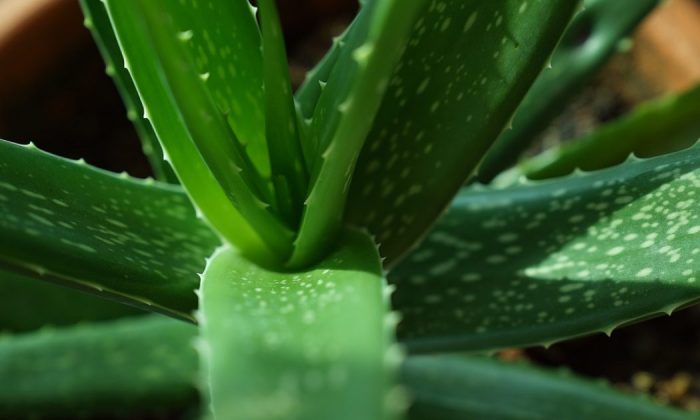
You may have seen it before. You went to a garden shop, and saw a dozen different types of aloe crouched side by side but the true aloe (Aloe vera) was not among them. Do you know why?
There are several types of aloe. Aloe vera enjoys a very good reputation in the pharmaceutical and beauty world. But the true Aloe vera is not the only one that offers a high content of pharmacologically valuable substances. In fact, you can find more than 600 types of aloe in the world, and many of them have positive effects on our health. Yes, they do have a slightly lower content of active substances, but this hardly matters for regular home use.
Aloe vera versus aloe…
So what is the right kind? If you cannot get the true aloe than what should you get as a replacement? Well, the most common replacement is the tree-like aloe (Aloe arborescens). This plant is very similar to the real aloe vera, even the appearance of the leaves and flowers are very similar and they even reproduce similarly.
Aloe arborescens will do much better on your windowsill because it does not grow as big as the real aloe vera . It also grows a little slower and retains its compact appearance so, you will not need to change flower pots as often as with the real one.
By the way, if your grandmother was growing “some kind of aloe”, it was almost certainly this one. That is before the real aloe vera was available but this one offered the same healing effects.
Photo: Pixabay
Growing aloe arborescens
And how should you grow this plant on your window sills? Very easily. It requires a loamy sandy soil, sunny spot and moderate watering. It can grow to a height of 10-60 cm, but you can find much larger specimens in greenhouses, for example.
If you want to fertilize it, you may do it twice a week during the season with some organic fertilizer. Do not forget that any chemicals you use will enter its leaves and you want to use them later. If you want to transplant it do it only when the roots grow through the opening in the bottom of the flower pot.
Photo: commons.wikimedia.org
WARNING: One of the most common reasons why Aloe arborescens dies is too much watering, especially during the rest period and the first warning sign includes brown spots on leaves. If you discover brown spots early you still have a chance to save it. Transplant it immediately but first you must clean rotting soil from roots and remove all roots already affected by rot (you can tell by their brown colour). If you do not do this the entire plant will die soon.
Older leaves contain most medicinal substances so get the old leaves at the bottom of the plant but no sooner than after two years. Never remove more than a third of the leaves, which is usually not many. So, if you want to have enough supply of aloe for burns and other small injuries for example, you will need more than just one plant.
Preview photo: Pixabay

Gardening is my hobby, I have a lot of experience and I am happy to share it.
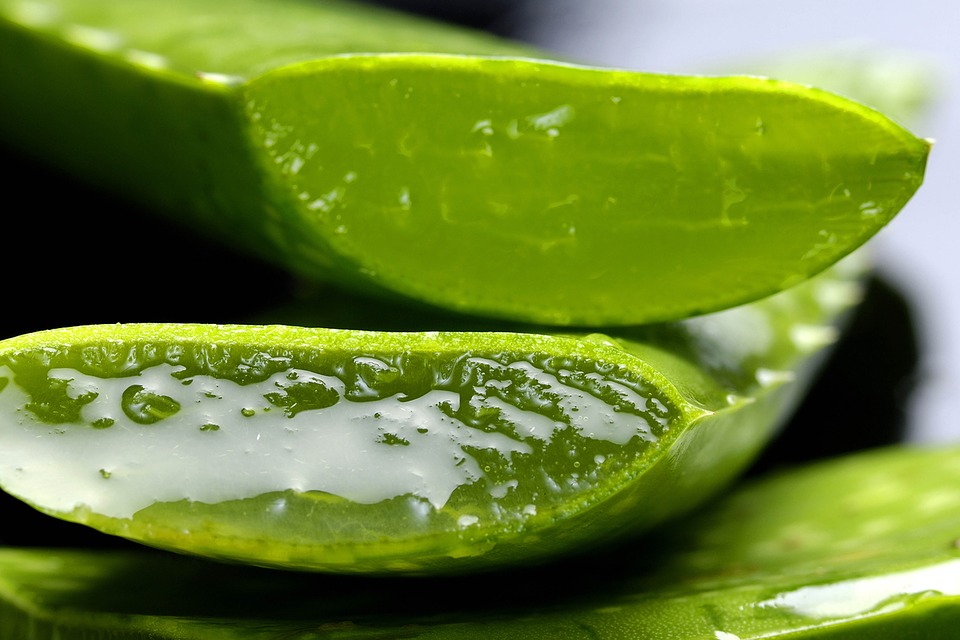
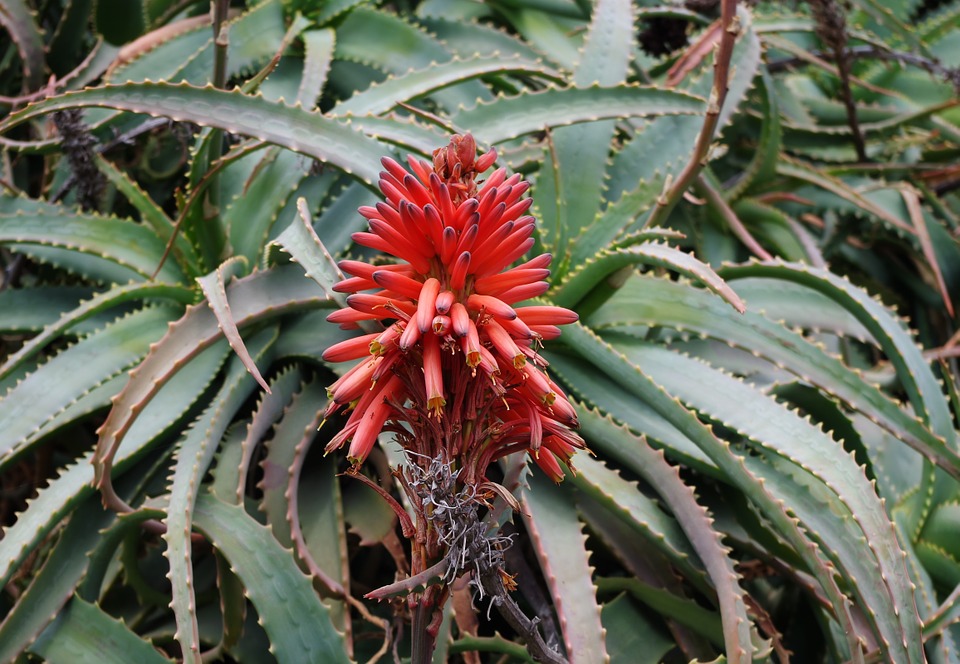



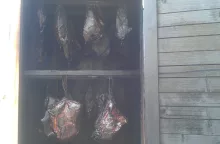
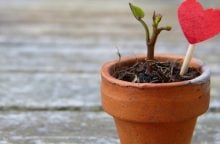



0 comments